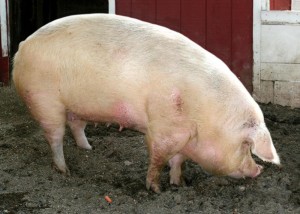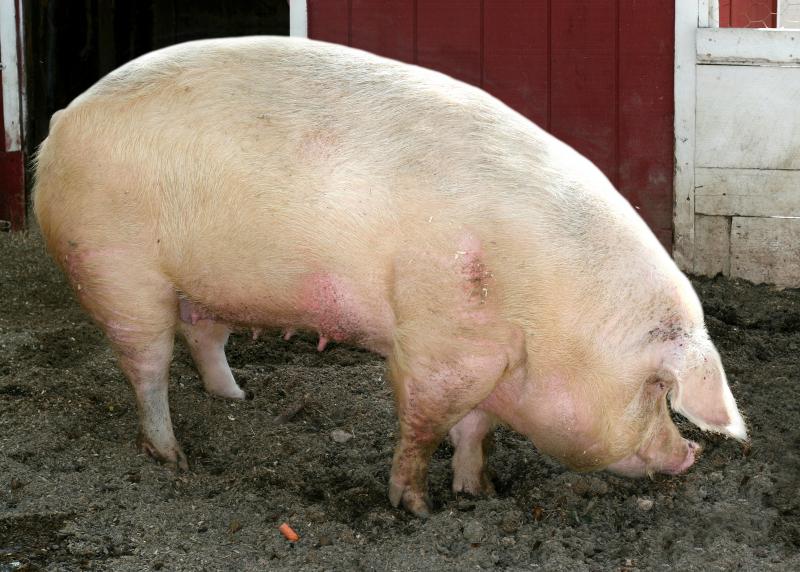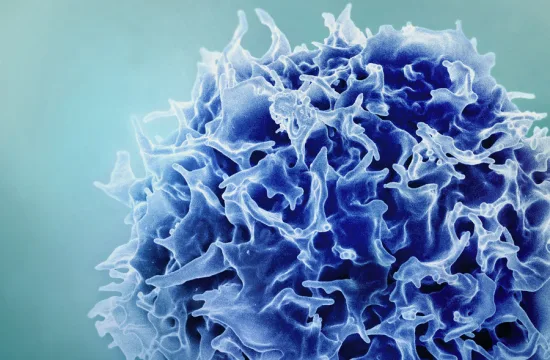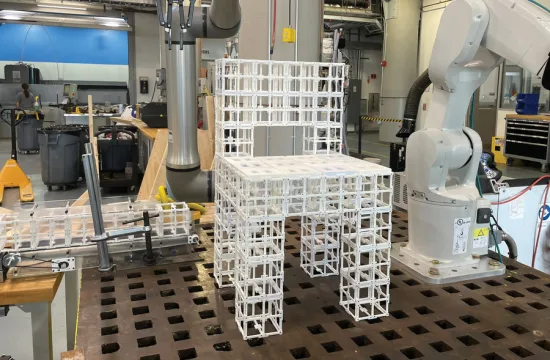 Researchers from the University of California, Davis, are using CRISPR gene editing and induced pluripotent stem cells to create a hybrid pig-human embryo to grow human organs. So far they have injected pig embryos with human iPSCs and allowed it to develop for up to 28 days before terminating the pregnancy and studying the tissue, BBC reported.
Researchers from the University of California, Davis, are using CRISPR gene editing and induced pluripotent stem cells to create a hybrid pig-human embryo to grow human organs. So far they have injected pig embryos with human iPSCs and allowed it to develop for up to 28 days before terminating the pregnancy and studying the tissue, BBC reported.
The hybrid embryo is known as a chimera, and if carried to term would act and look like a normal pig but have, in this case, a pancreas made of human cells, according to The Guardian.
The hope is that one day the process could grow life-saving organs for humans. How the scientists did it is by deleting parts of the fertilized pig DNA using CRISPR, and then filling this hole by injecting human iPS cells so that a human pancreas can grow.
“You are basically creating a vacuum, a hole, so that the human cells respond to the right cures, they make a pancreas. The pig cells can’t,” geneticist Robin Lovell-Badge of the Francis Crick Institute in London told The Guardian. “But what we don’t know, and this is what they need to look at, is whether the human cells can also contribute substantially to other tissues, and particularly they are worried about the brain.”
[pullquote]The idea of creating chimeras is not new, and The Guardian reported that earlier experiments created a mouse with a rat’s pancreas and mice with mainly human livers.[/pullquote]
There has been some concern that the injecting human cells into a developing pig embryo could make it become more human-like especially if the cells were to affect the brain. In September of last year the National Institutes of Health issued an announcement that it would not fund research into this type of work, while they considered a possible policy revision. Reproductive biologist Pablo Ross, who is leading the research, said there was very low potential for that, though his team remains cautious.
There has also been concern that animal viruses could be transferred to humans through transplantation. However, last year Harvard Medical School scientists showed it was possible to inactivate more than 60 retrovirus genes in pigs using gene-editing technology.
The idea of creating chimeras is not new, and The Guardian reported that earlier experiments created a mouse with a rat’s pancreas and mice with mainly human livers.
Walter Low, professor in the department of neurosurgery at the University of Minnesota, told BBC that if successful the technique could not just develop a pancreas, but create human livers, hearts, lungs, and kidneys, noting that pigs make an excellent “biological incubator” for human organs.
One exciting possibility is if a patient’s own IPS cells were donated and combined with the pig embryo, creating a copy of the person’s own organ that would likely lead to a more successful transplant. Low said that there wouldn’t be a need for anti-rejection drugs because the organ would be an exact genetic copy of the donor’s, albeit younger and healthier.







